Wie klangen Buddhas Worte im Originalton? – Eine Tripitaka-Schenkung an die Staatsbibliothek
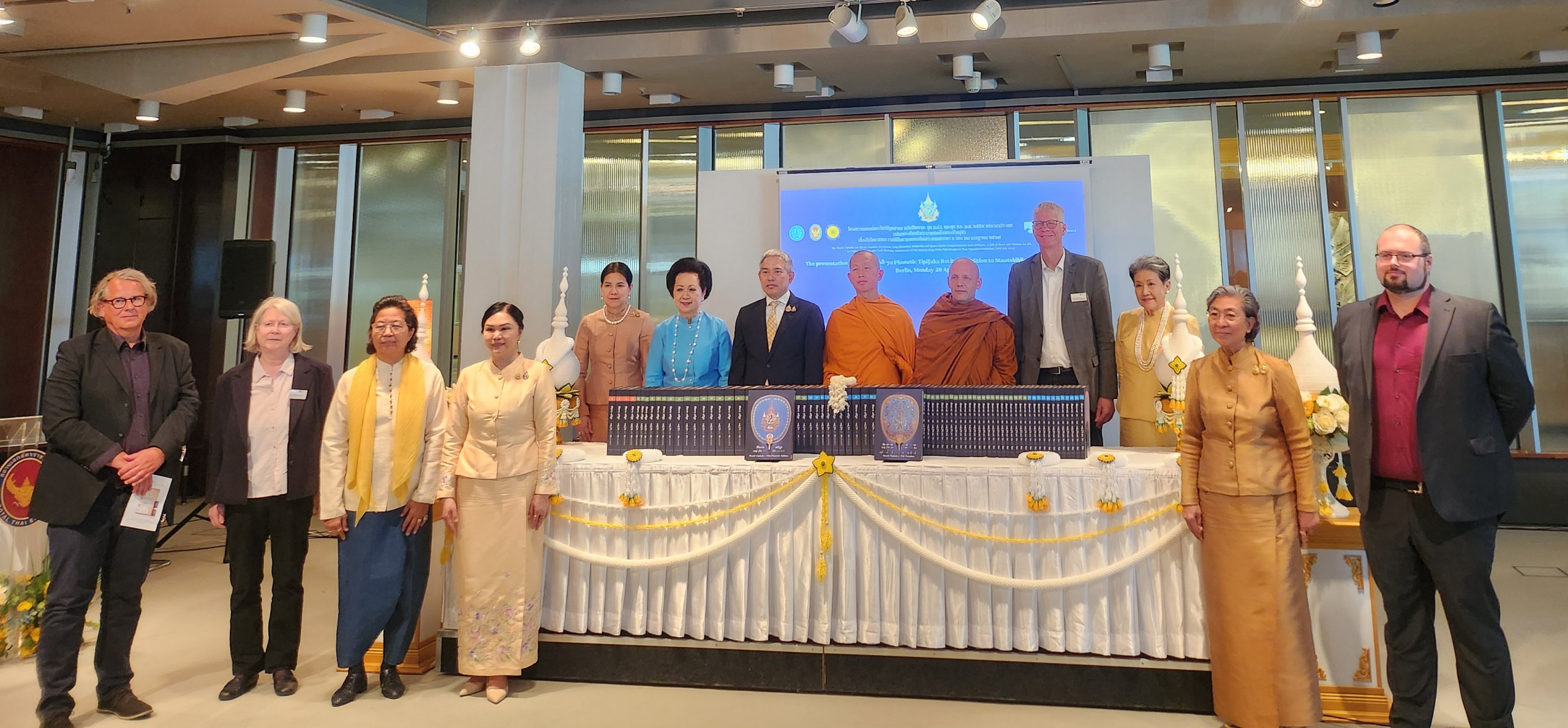
Übergabezeremonie des World Tipitaka Saj-jhā-ya Phonetic Recitation mit Vertretern der World Tipitaka Foundation, der Botschaft des Königreichs Thailand und der Staatsbibliothek zu Berlin.
Das 80-bändige Werk erschien erstmals 2016 in Thailand als Gedenkausgabe zu Ehren des thailändischen Königs Bhumibol Adulyadej und der Königin Sirikit und wird an ausgewählte Bibliotheken und akademische Einrichtungen in über 30 Ländern übergeben. Die 40-bändige Teilausgabe zu Ehren König Bhumibol Adulyadej des Großen verwendet zur Wiedergabe des Pali Textes außer der thailändischen Schrift eine phonetische Umschrift, die die exakte Aussprache des originalen Pali-Textes ermöglicht. Die ebenfalls 40 Bände umfassende Teilausgabe, die Königin Sirikit gewidmet ist, enthält neben der speziell entwickelten phonetischen Umschrift in lateinischen Buchstaben und der thailändischen Schrift eine Notation mit Musiknoten, die den authentischen Rhythmus und Ton des Pali-Textes nachvollziehbar macht. Die ursprünglich mündlich überlieferten Worte Buddhas werden so mit Hilfe moderner Forschungsmethoden in gedruckter Form bewahrt. Ergänzende Audiofiles, bisher einmalig, ermöglichen das Hören der Worte Buddhas, wie sie vor 2500 Jahren klangen und unterstützen das Auswendiglernen der Texte, wie es traditionell für Mönche üblich ist.
Diese Edition stellt eine wichtige Quelle für interdisziplinäre Studien dar, insbesondere zur Buddhismusforschung wie z.B. der Erforschung der Geschichte des Buddhismus, der Pali-Textüberlieferung in den Ländern Asiens sowie der Rekonstruktion der Aussprache der buddhistischen Texte in Pali von vor 2500 Jahren. Durch die lateinische Umschrift und Notenschrift und den Zugang zu Audiofiles richtet sich das Werk an ein breites Publikum über die Grenzen Thailands hinaus.
Mit der Schenkung wird eine lange Tradition der Zusammenarbeit zwischen Thailand und der Staatsbibliothek fortgesetzt, die bis ins 19. Jahrhundert reicht. Bereits die erste Ausgabe eines gedruckten Tripitaka (Bangkok, 1893) wurde der damaligen Königlichen Bibliothek in Berlin übergeben. Der Eintrag ist im Online-Katalog der Bibliothek bis heute enthalten, jedoch sind alle Bände dieser Ausgabe im Zweiten Weltkrieg verloren gegangen und daher als Kriegsverlust gekennzeichnet. Eine weitere Tripitaka-Schenkung durch die thailändische Botschaft erfolgte im Jahr 1931. Dabei handelt es sich um die 45-bändige Ausgabe Sayāmraṭṭhassa Tēpiṭakaṅ der Mahamakut Buddhist University (Bangkok 1926-1928), die während der Regentschaft von König Rama VII zur Erinnerung an den 1925 verstorbenen König Rama VI herausgegeben worden war. Es folgten weitere Schenkungen und ein regelmäßiger Schriftentausch.
Nach der Übergabe-Zeremonie und einem Vortrag von dem buddhistischen Mönch Phra Leif Sudhammo über „The Importance of Tripitaka in Preserving and Transmitting the Teachings of Lord Buddha in Our Times“ konnten die Gäste im Simon-Bolivar-Saal einen Einblick in die Vielfalt der Tripitaka-Publikationen und -Handschriften der Sammlung der Staatsbibliothek gewinnen. Gezeigt wurden Tripitakas aus den Theravada-Ländern Thailand, Kambodscha, Myanmar (Shan), Sri Lanka sowie Handschriften aus der Mahayana-Tradition aus China, Tibet, der Mongolei und Japan.
Der Beitrag Wie klangen Buddhas Worte im Originalton? – Eine Tripitaka-Schenkung an die Staatsbibliothek erschien zuerst auf CrossAsia.

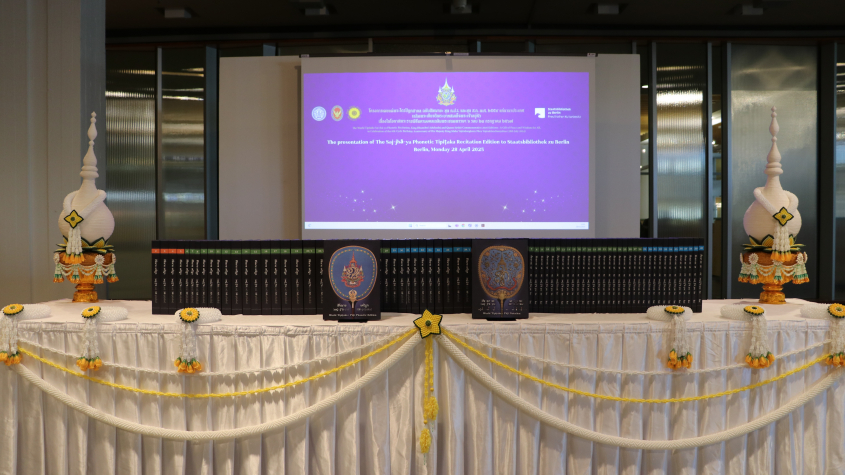 SBB-PK
SBB-PK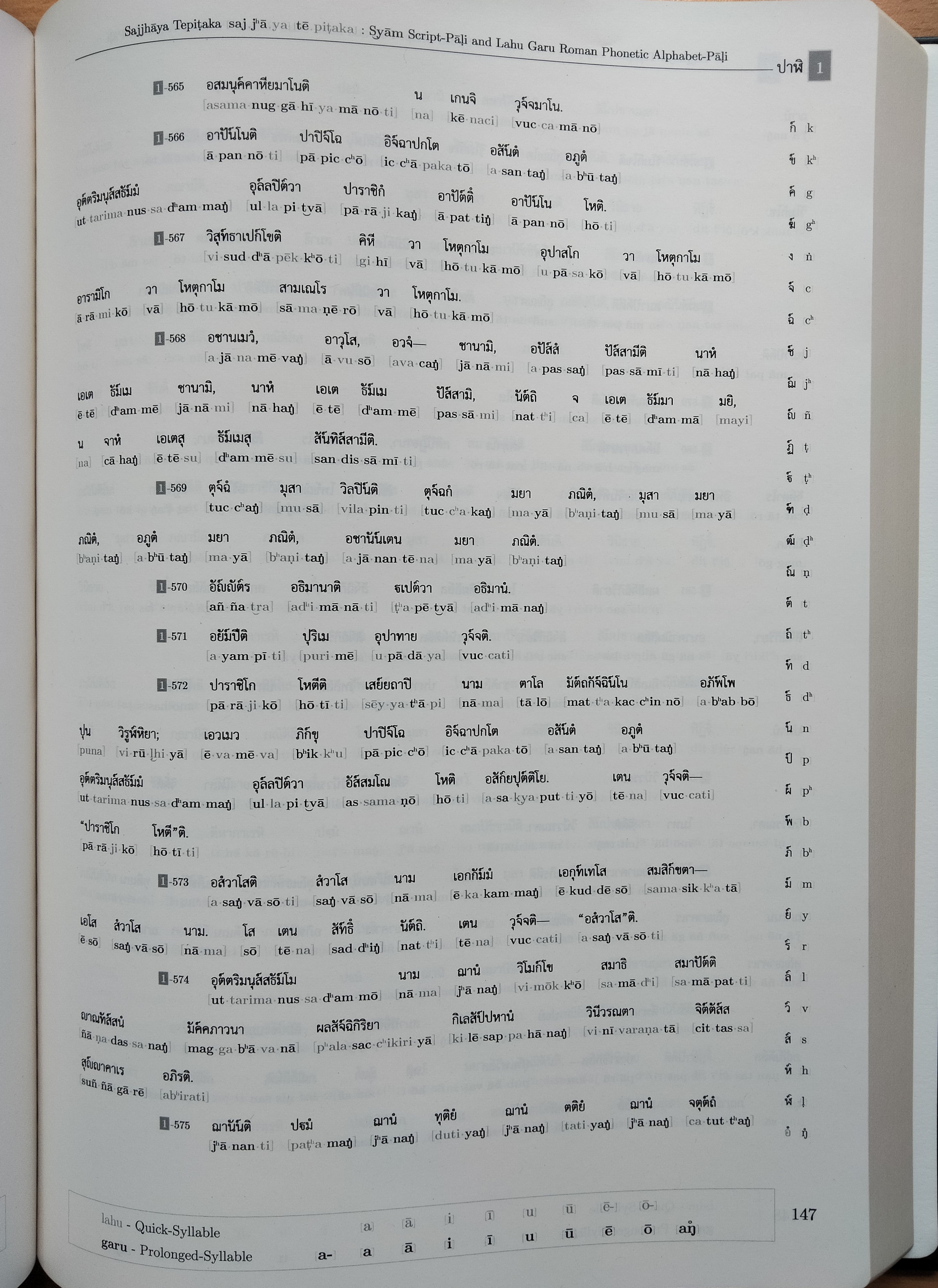
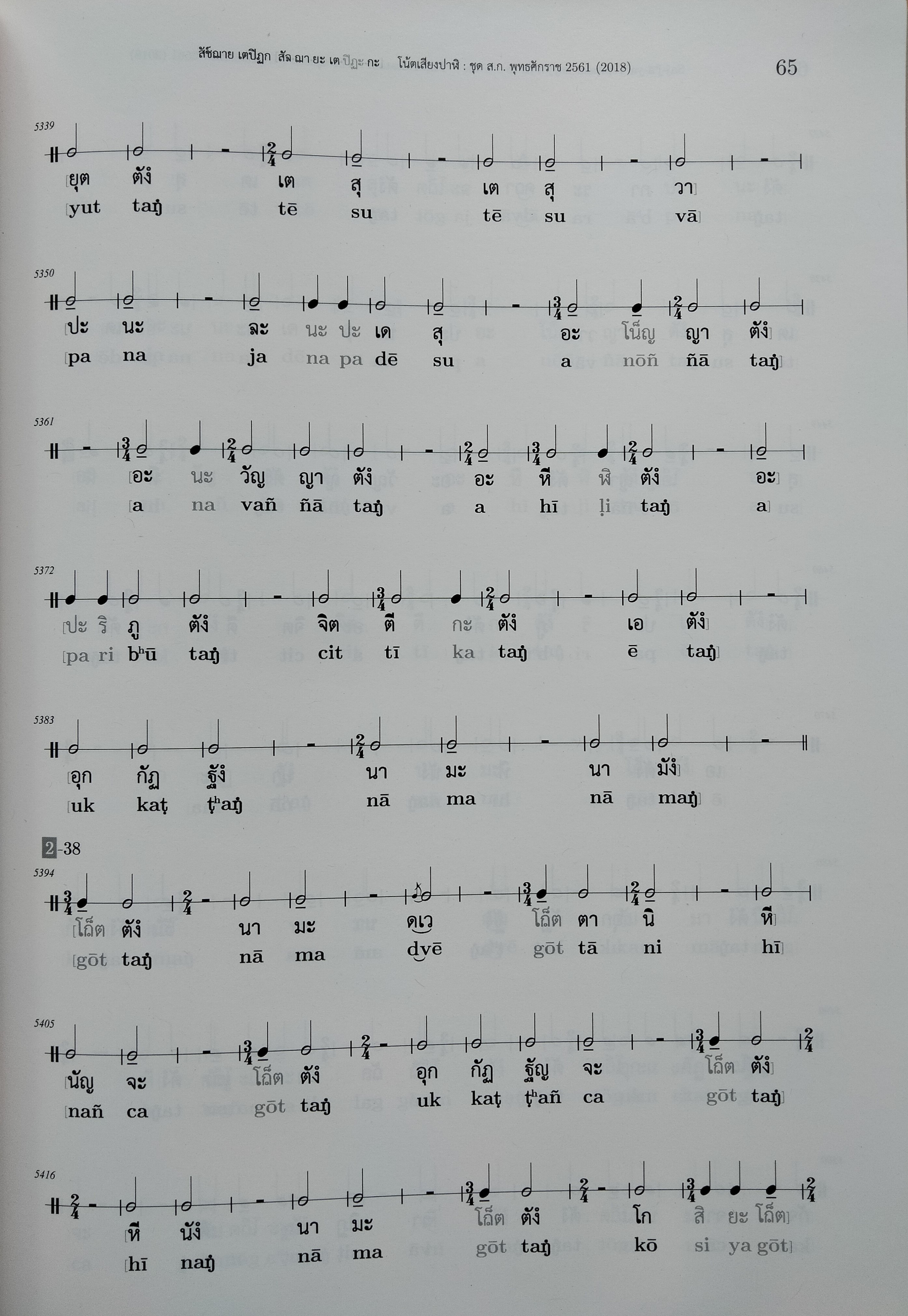
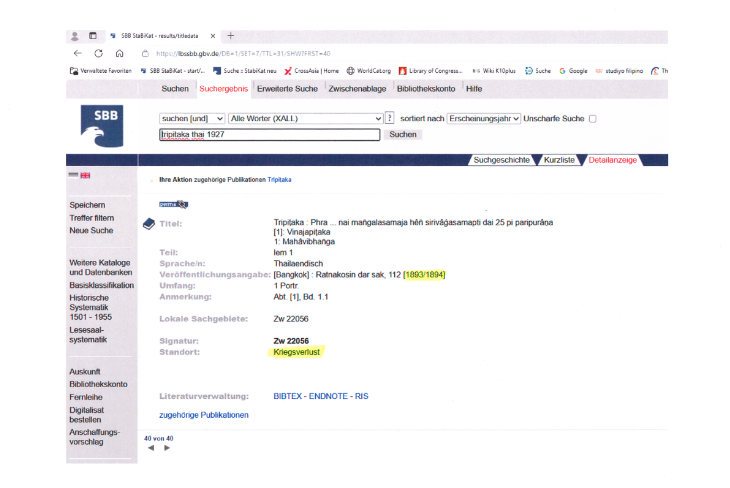
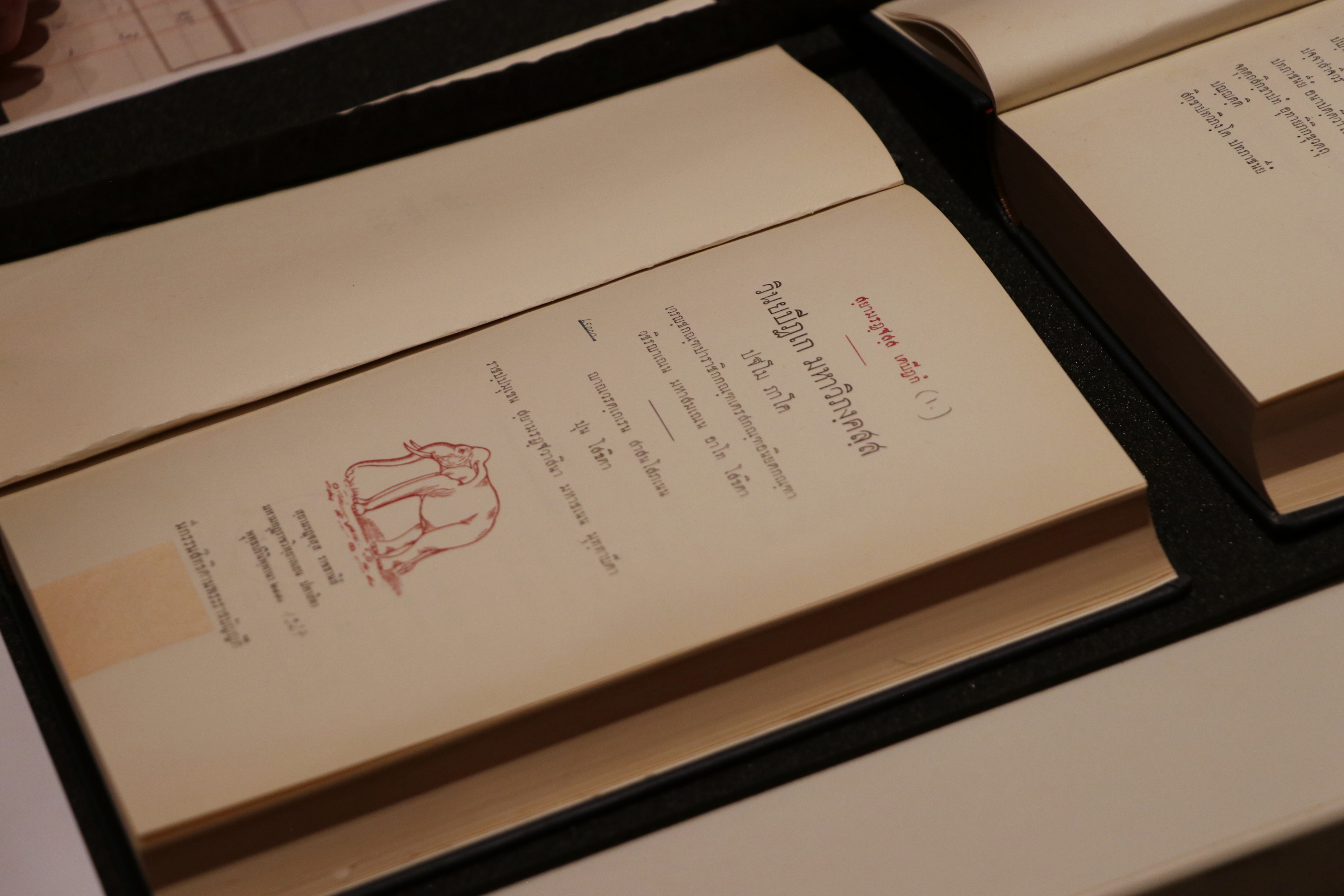
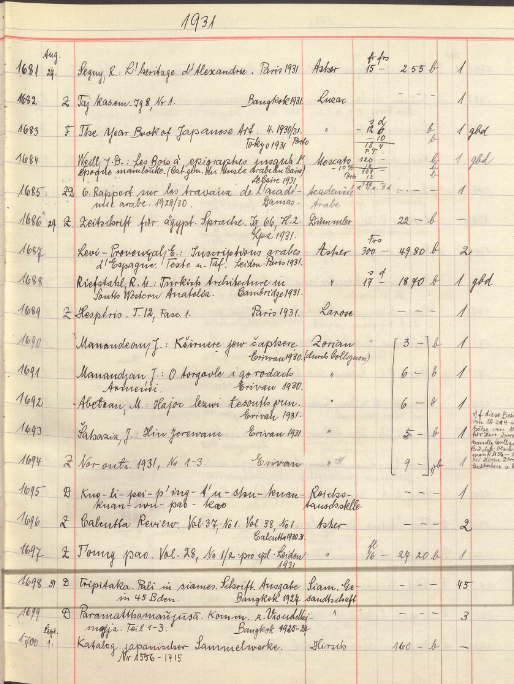
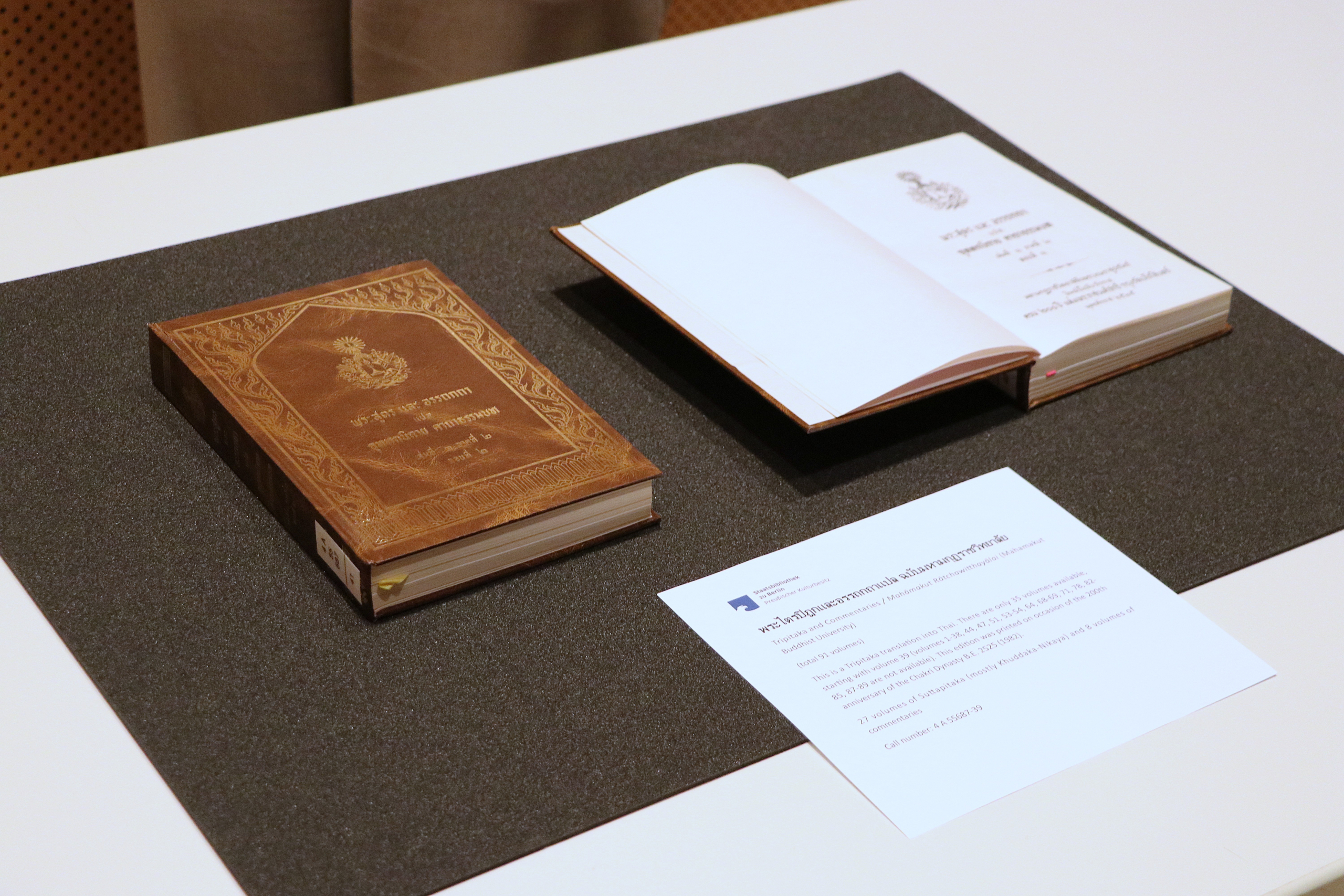
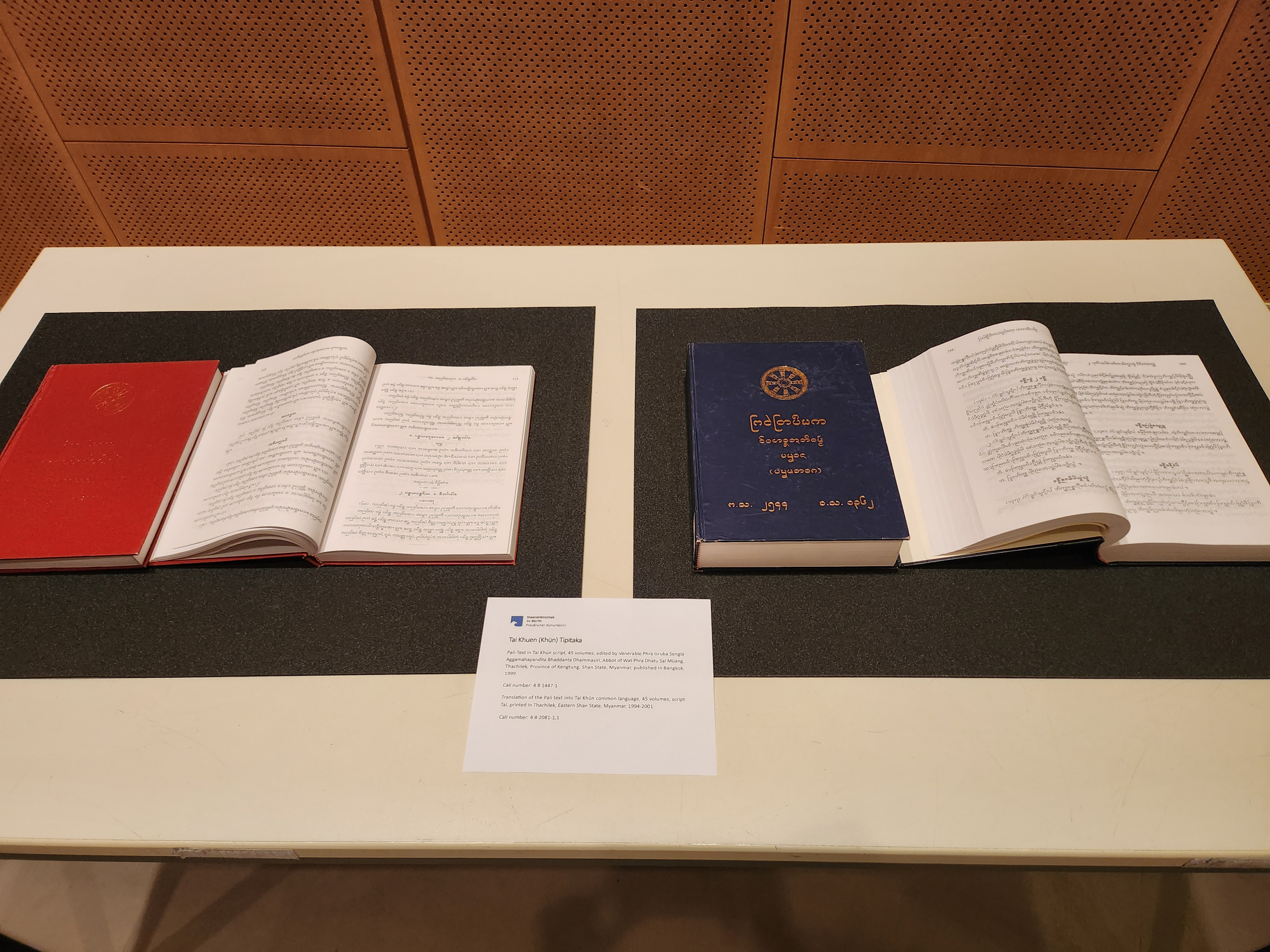
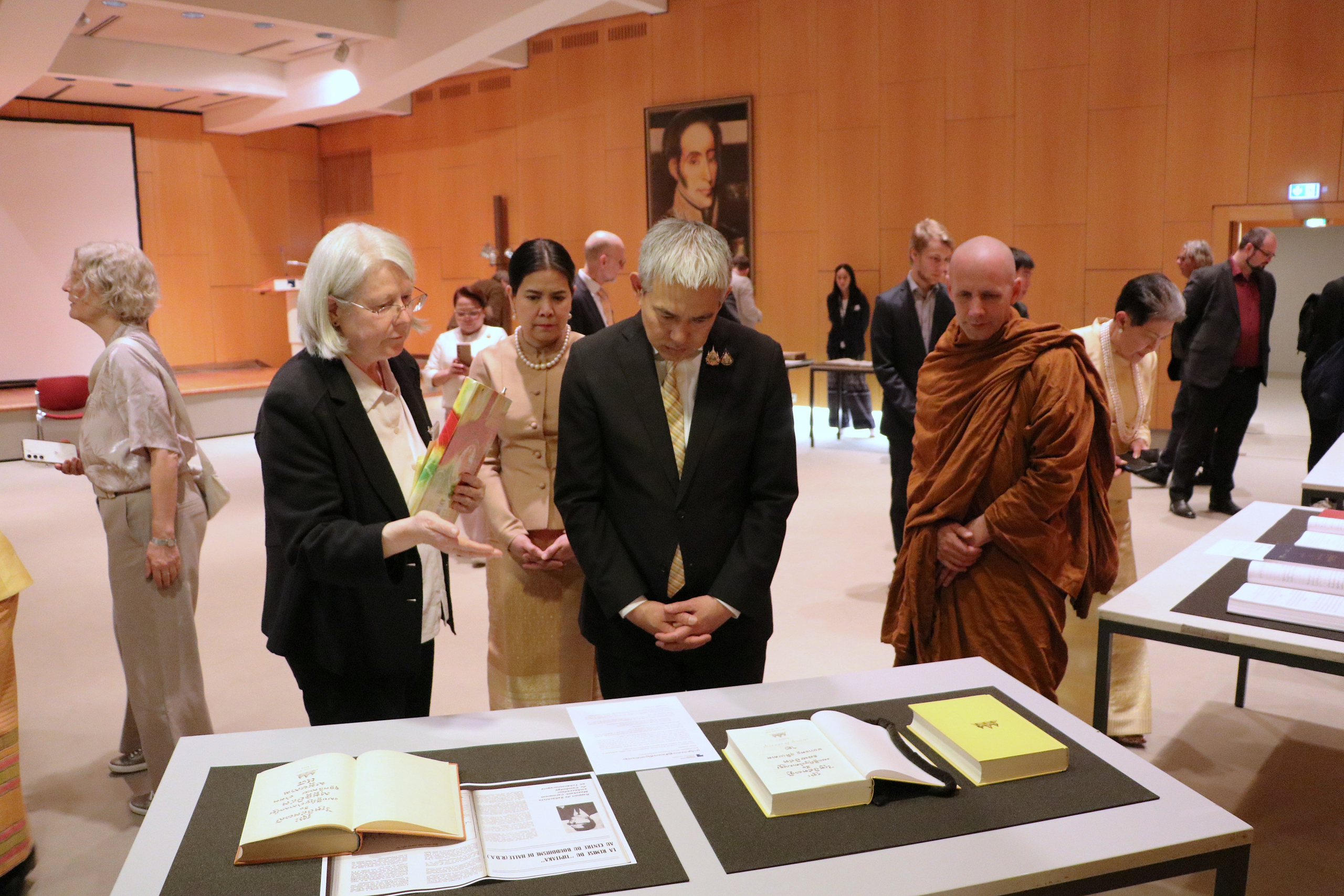
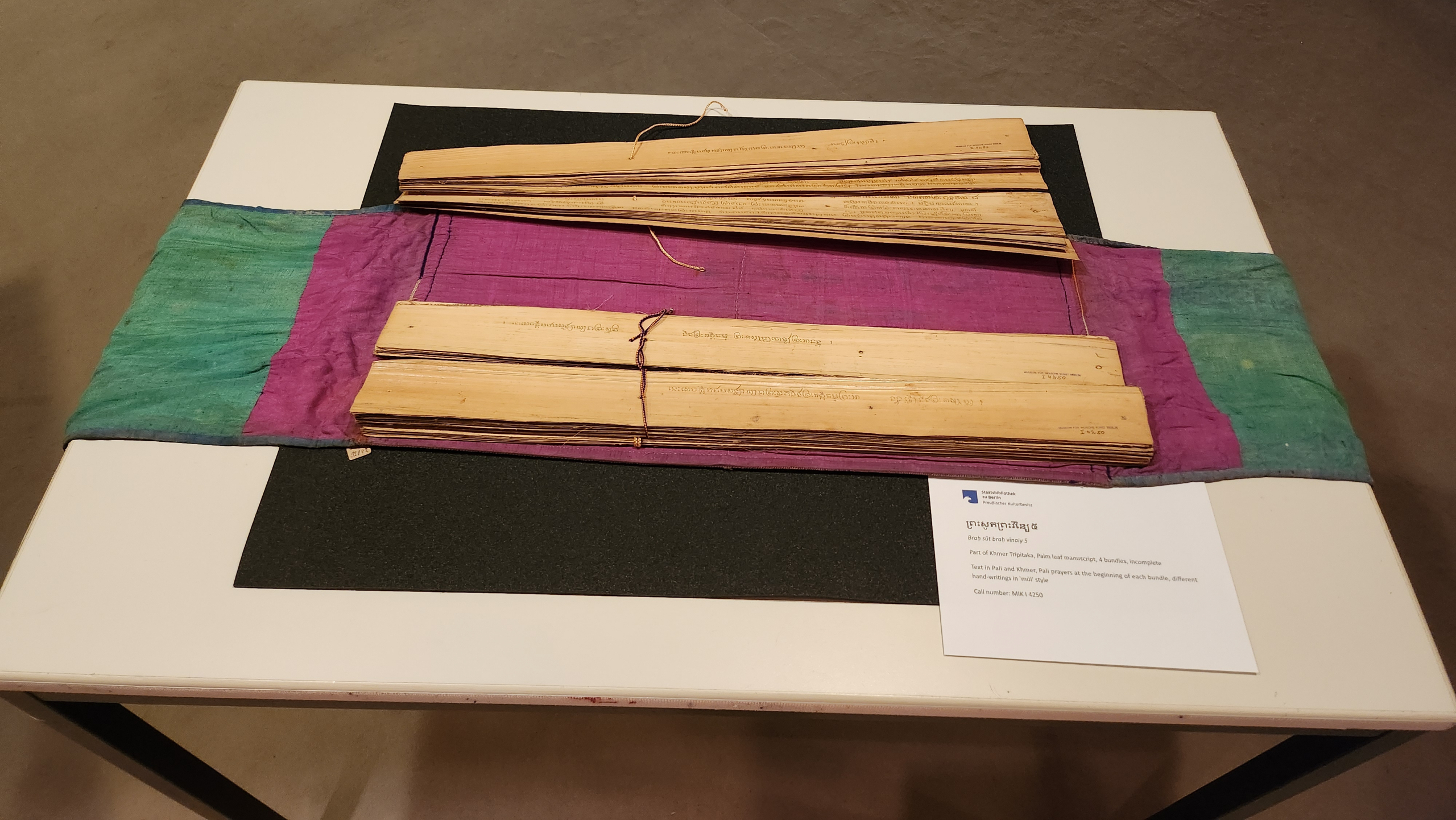
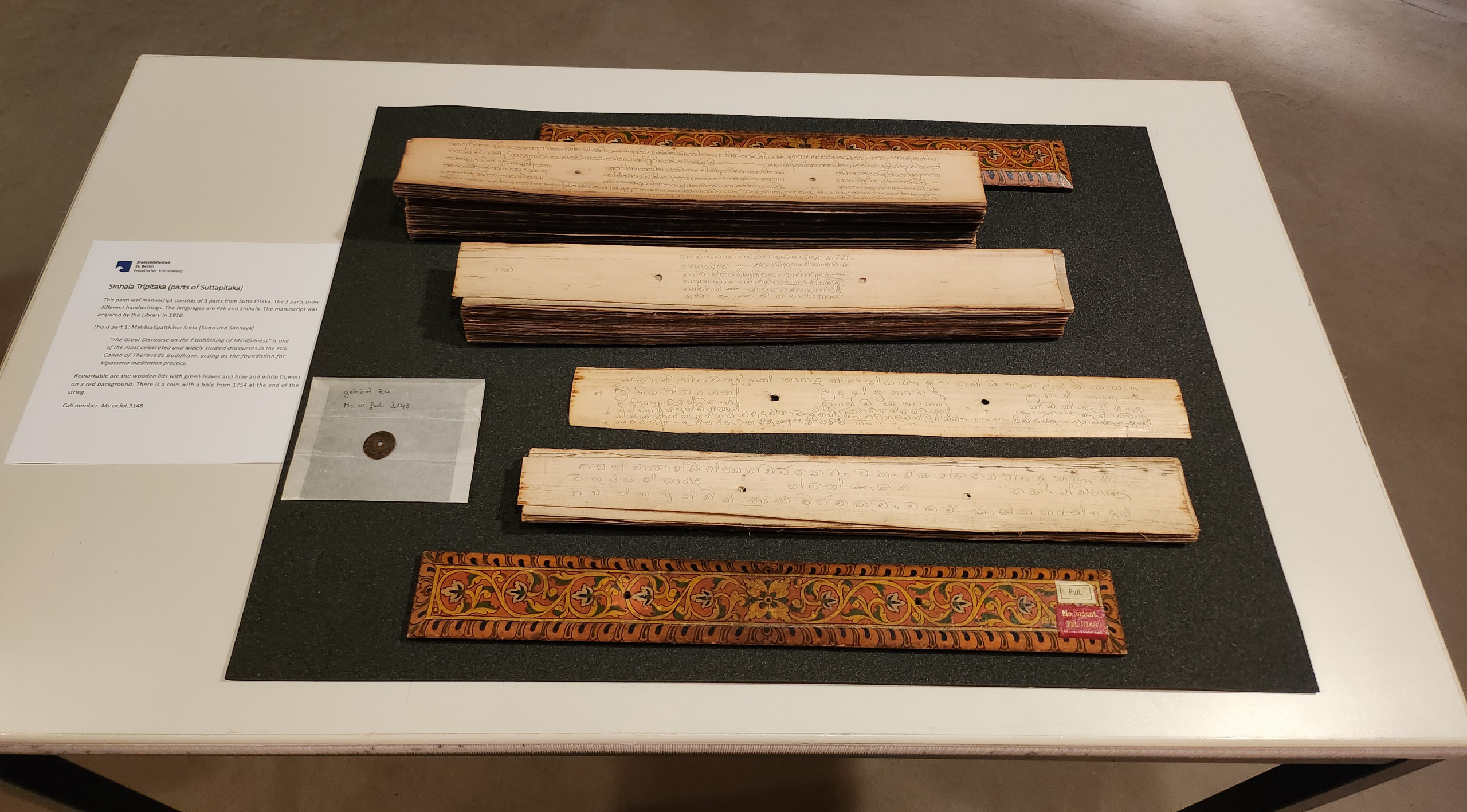
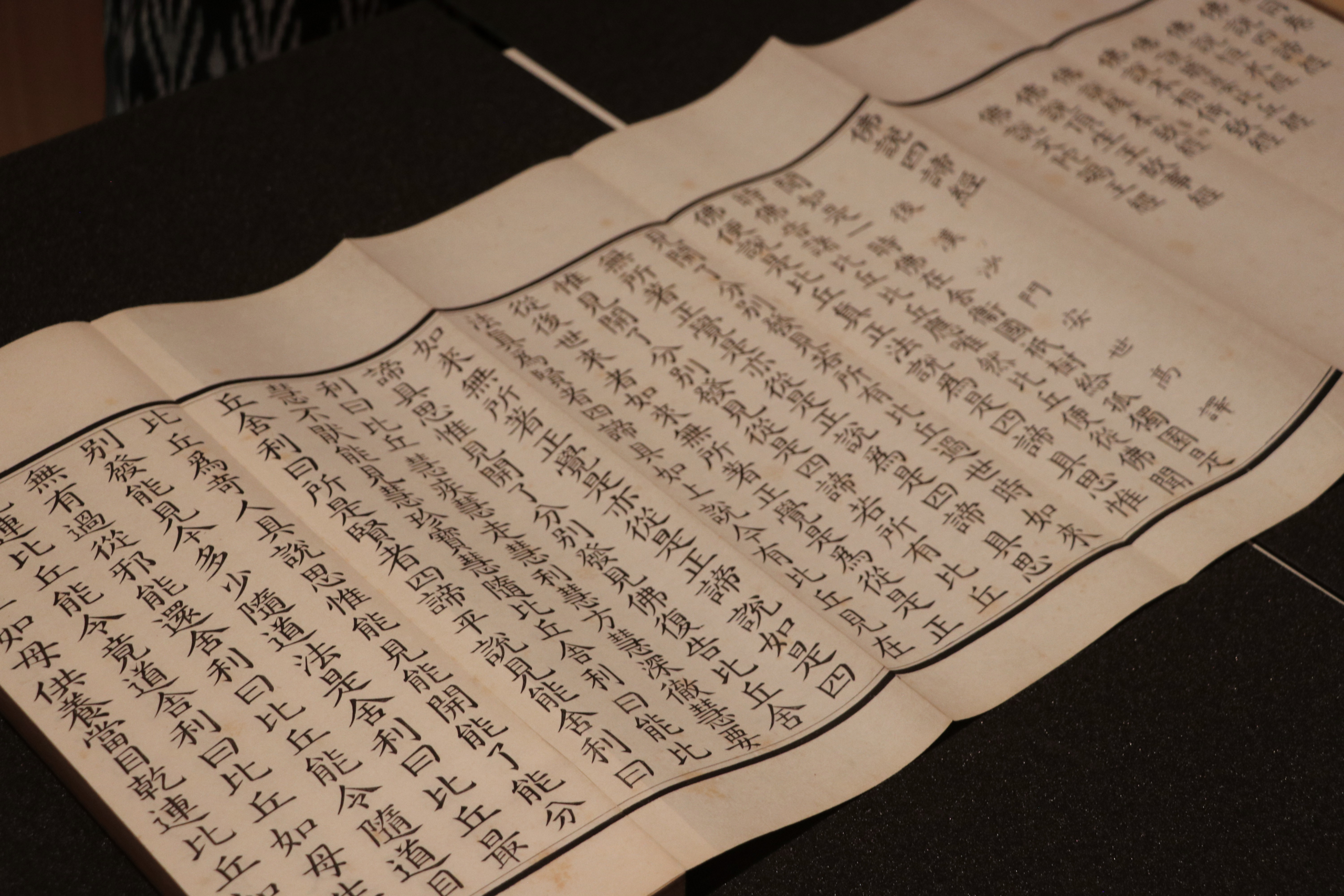
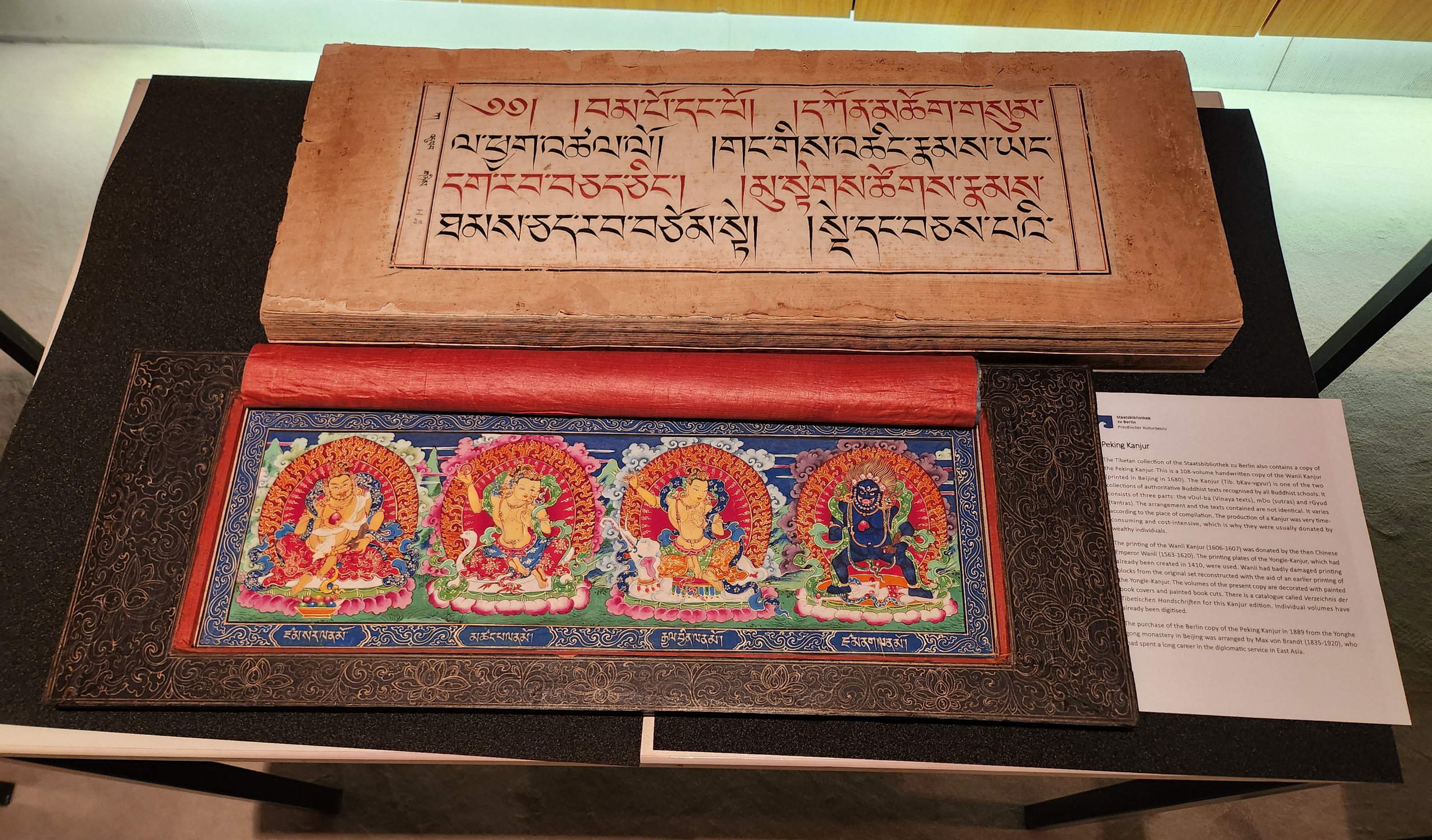
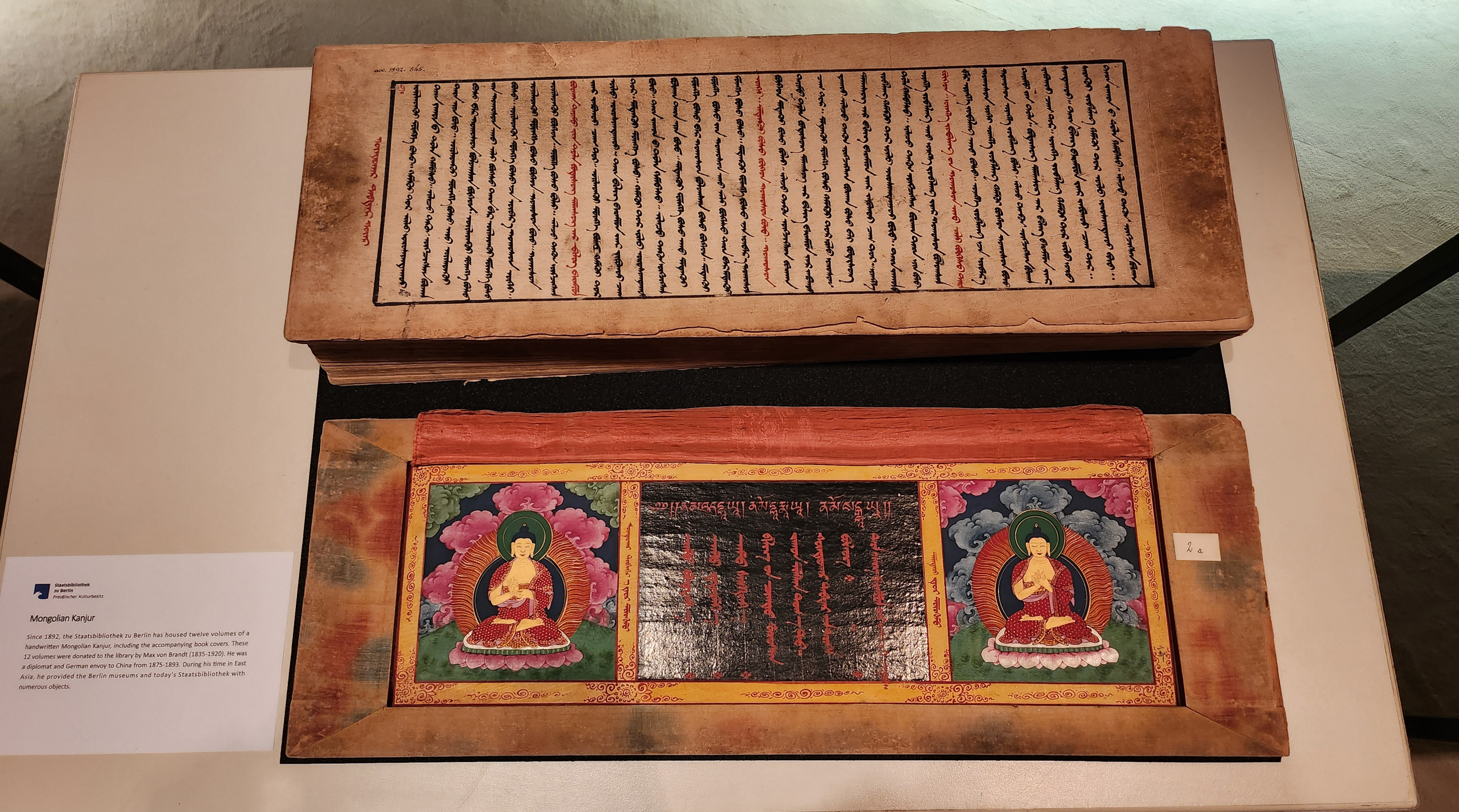
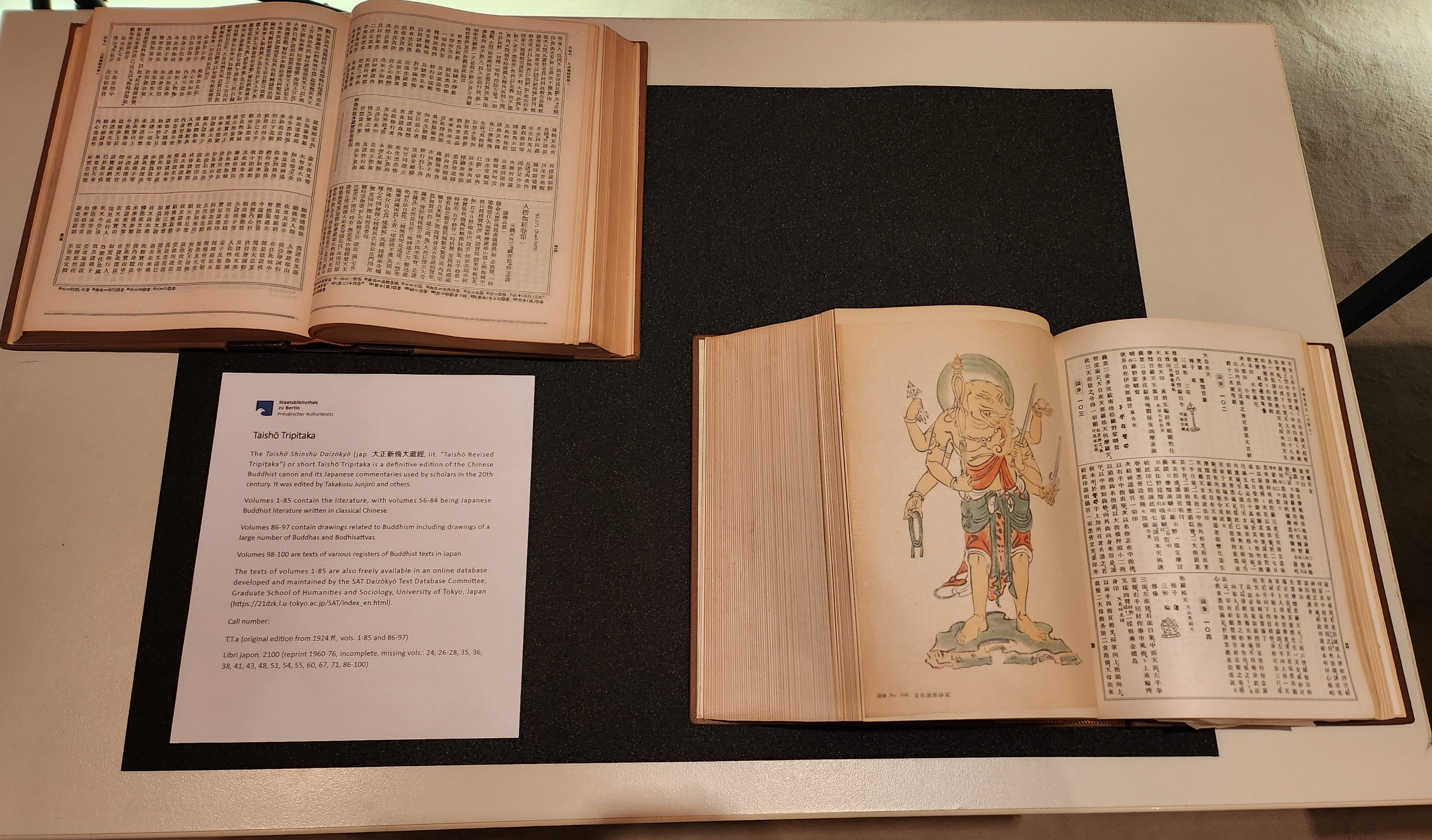


Ihr Kommentar
An Diskussion beteiligen?Hinterlassen Sie uns einen Kommentar!